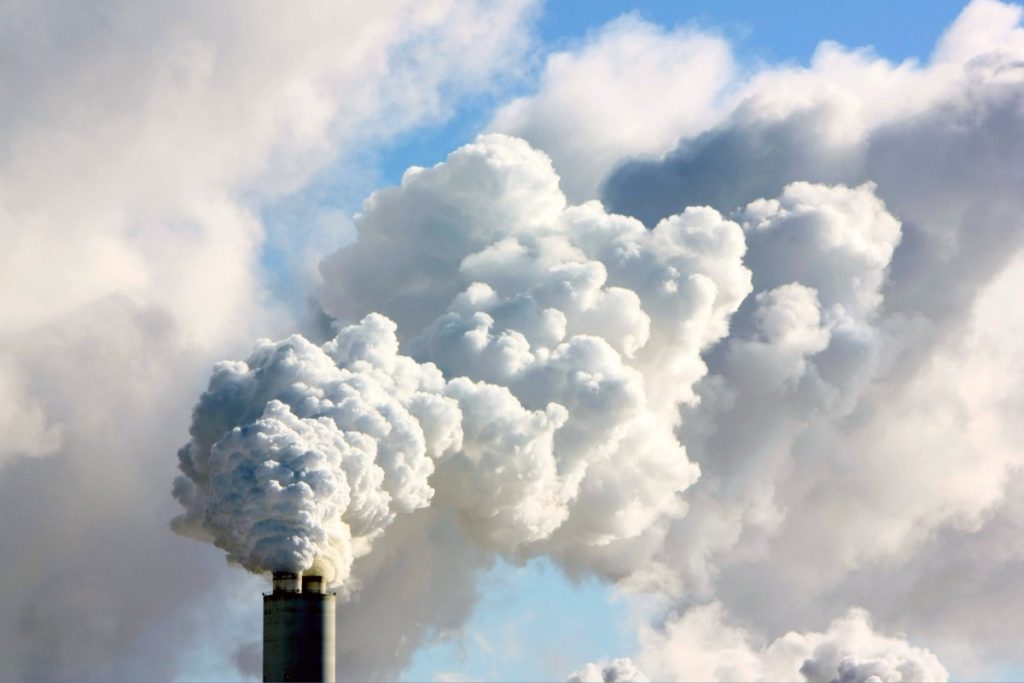Among the many factors contributing to environmental pollution is the introduction of contaminants into the natural environment. These contaminants may be naturally occurring or foreign substances. Introducing any of these substances into the environment can cause adverse environmental change.
Air pollution
Besides the noticeable impact on human health, air pollution significantly impacts our climate. As of 2016, China is the world’s largest carbon dioxide emitter and is on the verge of becoming the world’s largest emitter of PM2.5 particles. Several studies have found that air pollution is associated with chronic health problems.
While air pollution isn’t exactly the cheapest of the cheap, healthy lifestyles can be a big help. For example, using less solid fuel in wood stoves and encouraging more active transportation would reduce the impact on both our climate and our wallets. In addition, reducing emissions from power stations is an excellent place to start.
Water pollution
Whether it is natural or human-generated, water pollution is an environmental threat. It harms the health of humans and aquatic life. It affects one in three people on earth.
Water pollution is caused by waste, chemicals, or other particles released into the water. This can cause immediate damage to human health or long-term harm to aquatic ecosystems. Industrial waste, sewage, trash, or pesticides often contaminate water.
Water pollution can come from any of two primary sources: point sources or nonpoint sources. Point sources include discharges from sewage treatment plants, city storm drains, and factories. Nonpoint sources include wind-borne debris, precipitation, and land runoff.
Point source water pollution is usually easier to control. Agricultural runoff can carry pesticides and other chemicals into the water, as can oil spills.
Radioactive contamination
Whether intentional or accidental, radioactive pollution occurs when radioactive materials are introduced into the environment. The resulting radiation emits ionizing energy and can be harmful to human health. The risk of exposure depends on the type of radiation and the time and place the radiation is released.
Natural radioactive materials are naturally present on the earth’s surface and in the air. However, they can be concentrated by human activities, such as mining or reprocessing nuclear fuel. Natural sources of radioactive material include the Earth’s crust, oceans, rocks, soil, and water. Some of these elements are known to be particularly hazardous.
Artificial radioactive pollution comes from nuclear power plants, fuel reprocessing plants, and weapons testing. While nuclear power plants are well-regulated, fuel reprocessing plants have local impacts and can be a significant source of human-induced radionuclides discharge.
Health effects
Various studies have demonstrated that environmental pollution can cause numerous health problems. It may be associated with heart disease, respiratory disorders, allergies, mental health issues, and even perinatal disorders. In addition, the adverse health effects of pollution may be cumulative, resulting in adverse consequences that can be life-threatening.
Environmental pollution is a significant public health issue. The release of billions of tons of pollutants into the air from human activities causes it. The most concerning are nitrogen oxides, volatile organic compounds, and ozone. These pollutants are released into the air by various sources, including transportation, industrial and residential emissions, and poor sanitation.
Some of the more common acute health effects of the pollution include coughing, wheezing, chest congestion, and shortness of breath. Sulphur dioxide is a significant culprit in bronchitis and lung disease.

